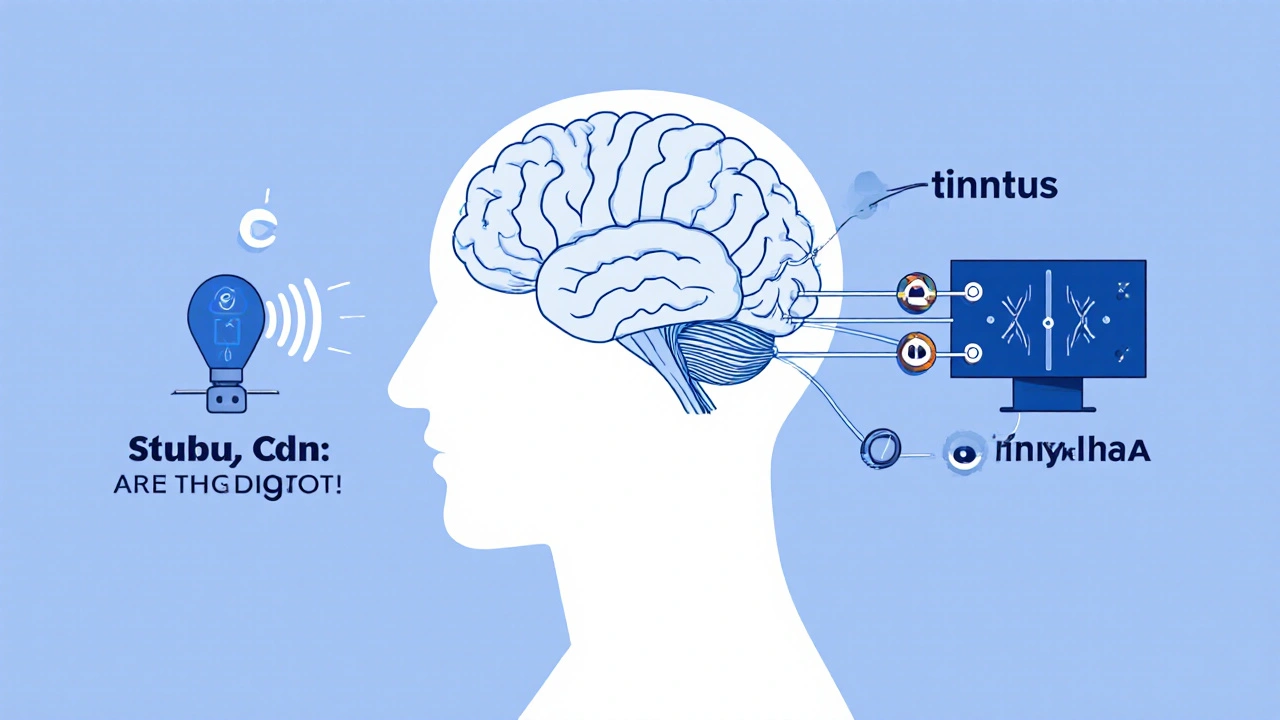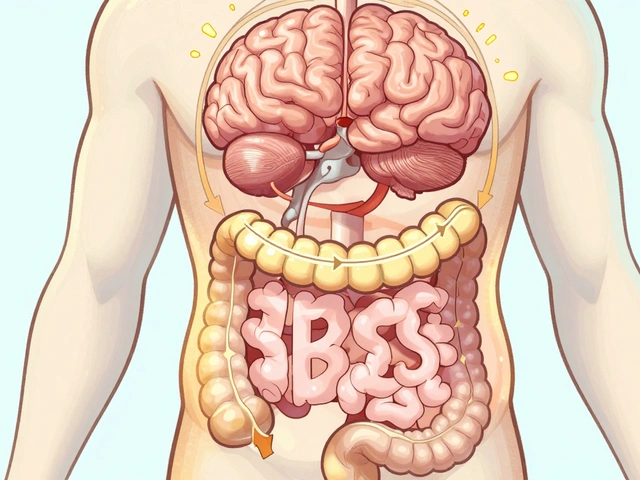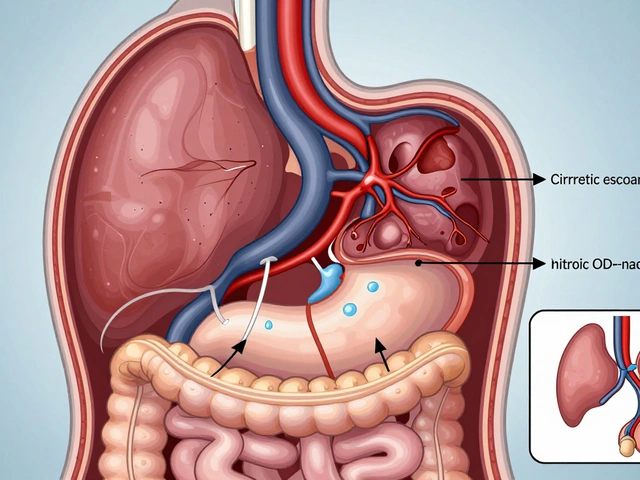Sound Therapy: How Audio Techniques Help with Pain, Stress, and Sleep
When you hear a calming ocean wave or a steady drumbeat, your body doesn’t just listen—it responds. Sound therapy, a non-drug approach that uses targeted audio to influence physical and mental states. Also known as auditory therapy, it’s been used for centuries in cultures from Tibet to Greece, and today, science is catching up. Unlike music therapy, which focuses on emotional expression through playing or listening to songs, sound therapy zeroes in on specific frequencies, rhythms, and patterns designed to reset your nervous system.
One of the most studied forms is binaural beats, an auditory illusion created when two slightly different tones are played in each ear, prompting the brain to sync to a third, target frequency. Studies show these can reduce anxiety before surgery and improve focus in people with ADHD. Then there’s frequency healing, the idea that certain sound frequencies can promote tissue repair or reduce inflammation. While some claims are still being tested, research on low-frequency vibrations for chronic pain and tinnitus relief has shown real, measurable results in clinical trials. Even simple noise cancellation—like white or pink noise—has been proven to help people fall asleep faster and stay asleep longer, especially in noisy environments like hospitals or urban apartments.
What ties these methods together? They all work by overriding stress signals. When your brain is stuck in fight-or-flight mode, steady, rhythmic sounds can trick it into switching to rest-and-digest. You don’t need expensive gear—just headphones, a quiet space, and 20 minutes a day. The key is consistency. People who use sound therapy for insomnia don’t get instant results; they get better sleep week after week. Those using it for tinnitus don’t make the ringing disappear—they learn to ignore it.
What you’ll find in the posts below isn’t a list of gadgets or mystical sound baths. It’s real, practical info on what actually works: which frequencies help with pain, how to pick a reliable app, why some methods fail, and what to avoid if you have hearing issues or epilepsy. This isn’t about vibing to crystals. It’s about using sound as a tool—with science, not superstition.





